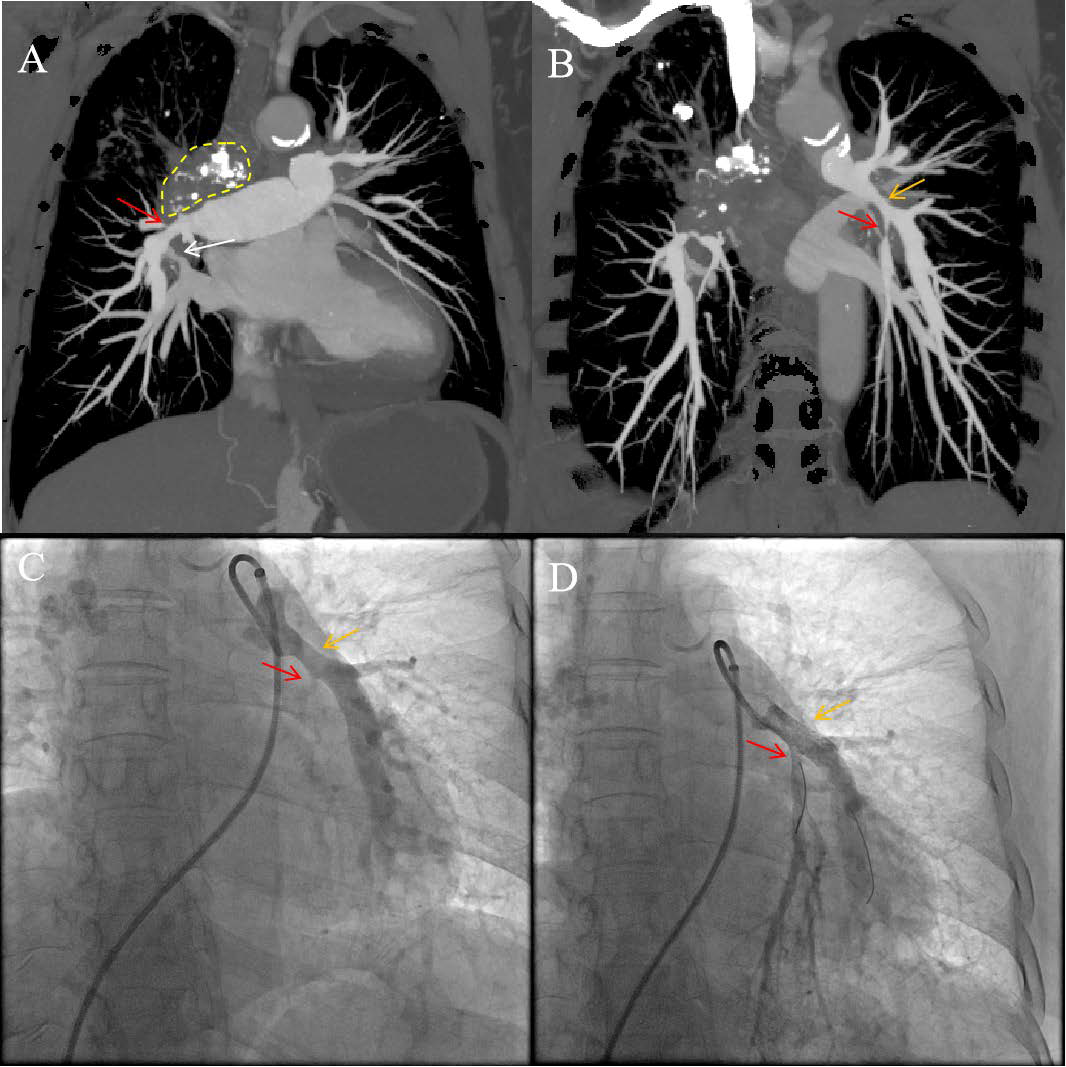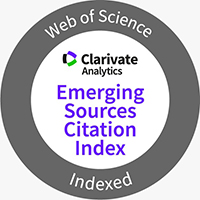The Role of CT-Guided Optimal Fluoroscopic Projection Angle to Guide Stenting of Occluded Pulmonary Arteries
DOI:
https://doi.org/10.3941/jrcr.5817Abstract
We report the case of a 71-year-old woman with pulmonary artery occlusion due to fibrosing mediastinitis who successfully underwent computed tomographic optimal fluoroscopic projection angle-guided stenting of the pulmonary artery.

Downloads
Published
Issue
Section
License
Copyright (c) 2025 Journal of Radiology Case Reports

This work is licensed under a Creative Commons Attribution-NonCommercial-NoDerivatives 4.0 International License.
The publisher holds the copyright to the published articles and contents. However, the articles in this journal are open-access articles distributed under the terms of the Creative Commons Attribution-NonCommercial-NoDerivs 4.0 License, which permits reproduction and distribution, provided the original work is properly cited. The publisher and author have the right to use the text, images and other multimedia contents from the submitted work for further usage in affiliated programs. Commercial use and derivative works are not permitted, unless explicitly allowed by the publisher.





